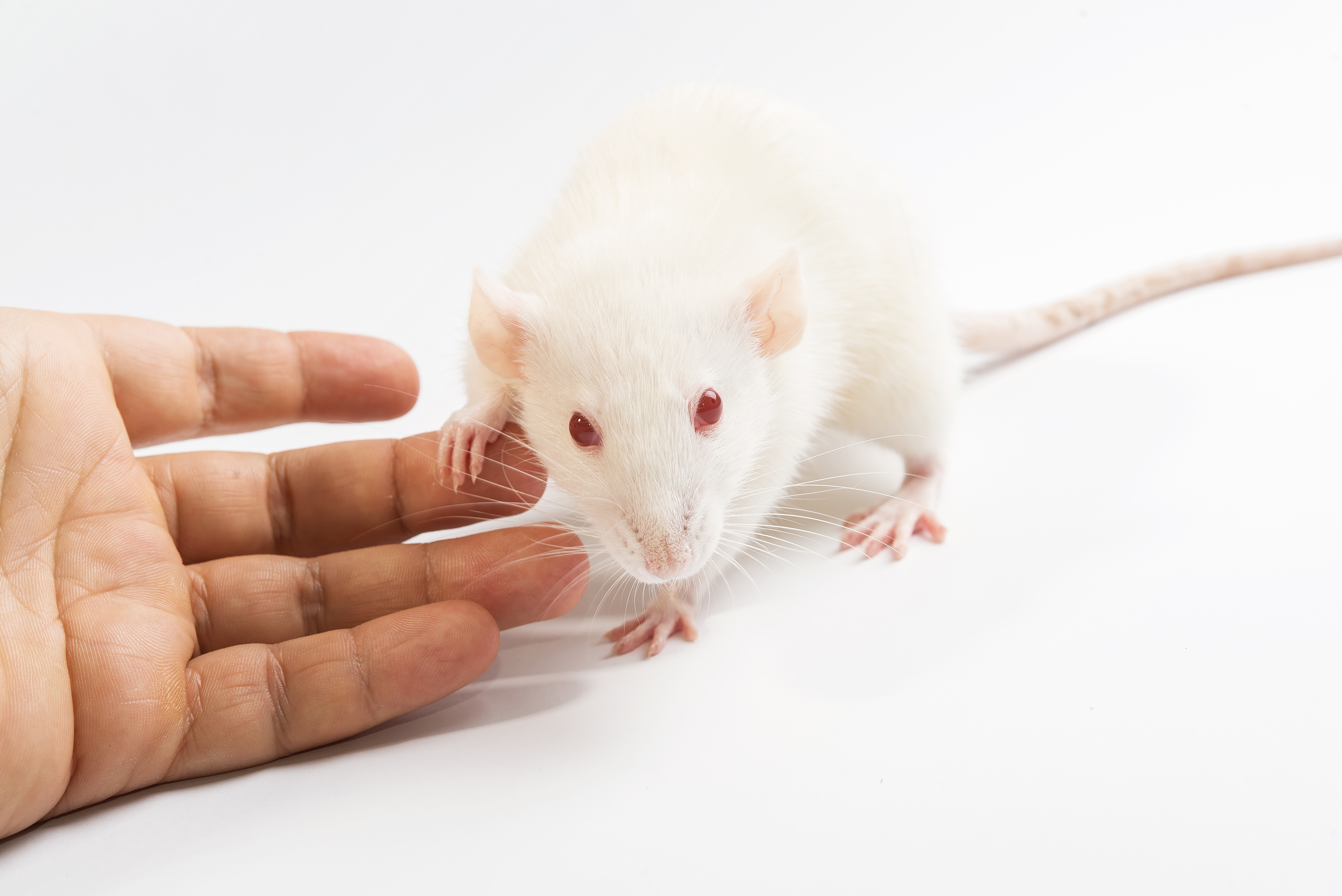 A new study by a multidisciplinary research team involving several institutes and hospitals in Spain, Canada and the United States revealed that a specific protein called tryptase plays a role in the development of early pulmonary fibrosis induced by mechanical ventilation applied in the context of sepsis-induced lung injury. The study was published in the journal Critical Care and is entitled “Tryptase is involved in the development of early ventilator-induced pulmonary fibrosis in sepsis-induced lung injury.”
A new study by a multidisciplinary research team involving several institutes and hospitals in Spain, Canada and the United States revealed that a specific protein called tryptase plays a role in the development of early pulmonary fibrosis induced by mechanical ventilation applied in the context of sepsis-induced lung injury. The study was published in the journal Critical Care and is entitled “Tryptase is involved in the development of early ventilator-induced pulmonary fibrosis in sepsis-induced lung injury.”
Pulmonary fibrosis is a fatal lung disease in which the lung tissues and the alveoli are damaged, turning thick and scarred (fibrosis), compromising the oxygen transfer between the lungs and the bloodstream. Respiratory failure is the main cause of death associated with the disease.
Sepsis is a potentially life-threatening complication characterized by whole-body inflammation due to an infection that can lead to acute respiratory complications. Mechanical ventilation is often an essential life support strategy to improve oxygenation and facilitate organ repair in patients with sepsis and acute lung injury. However, mechanical ventilation can also cause or aggravate lung injury.
Patients with fibrotic lung disease have an increased number of mast cells, known as “master regulators” of the immune system that have secretory granules containing potent molecules that, once secreted, can lead to allergic and inflammatory diseases. One of the most abundant molecules secreted by mast cells is known as tryptase, a protease that activates the protease-activated receptor 2 (PAR-2) and has been linked to tissue fibrosis.
[adrotate group=”7″]
The research team hypothesized that tryptase could be involved in the early development of ventilator-induced pulmonary fibrosis in the context of sepsis-induced lung injury. A prospective, randomized study was conducted using septic rat models that were submitted to either spontaneous breathing or to ventilation for 4 hours by protective ventilation (tidal volume = 6 ml/kg plus 10 cmH2O positive end-expiratory pressure) or injurious ventilation (tidal volume = 20 ml/kg plus 2 cmH2O positive end-expiratory pressure). Controls were healthy, non-septic, non-ventilated animals. Histology was performed and several protein levels in lung homogenates were determined.
Researchers found that all animals with sepsis developed acute lung injury. Rats ventilated with a high tidal volume (injurious ventilation) had a significant increase in pulmonary fibrosis, tryptase and PAR-2 levels. On the other hand, rats under protective ventilation exhibited an attenuation of sepsis-induced lung injury, as well as a decrease in tryptase and PAR-2 protein levels.
The research team concluded that mechanical ventilation altered tryptase and PAR-2 levels in rats’ injured lungs. Increased protein levels of tryptase and PAR-2 proteins were linked to sepsis development and subsequent ventilator-induced pulmonary fibrosis relatively early in the process of sepsis-induced lung injury. Researchers suggest that further studies should be conducted to determine whether the inhibition of tryptase and/or PAR-2 could be considered a therapeutic option.

